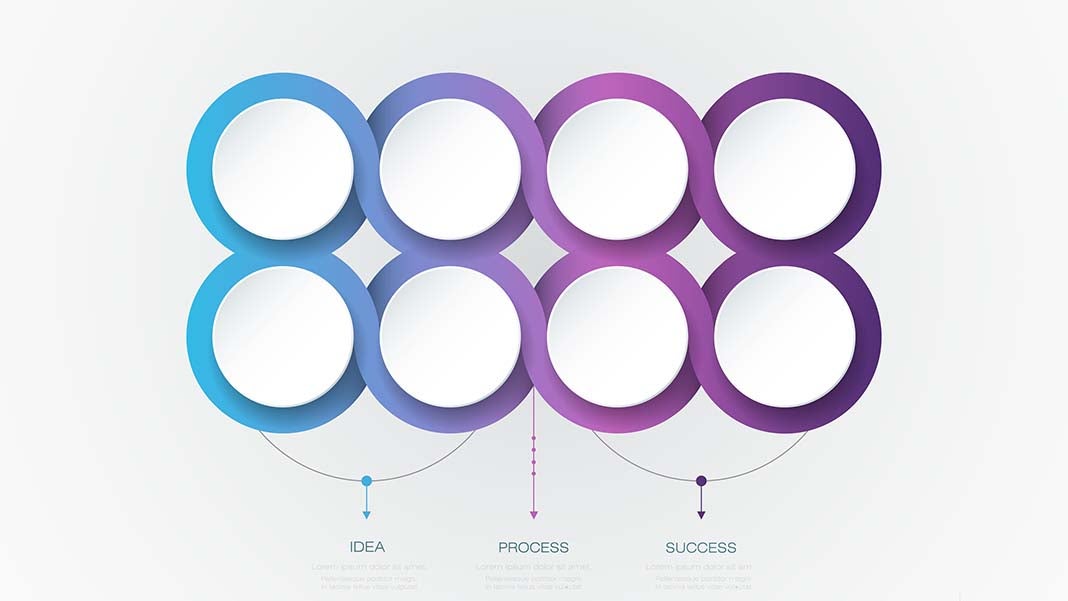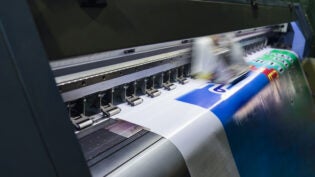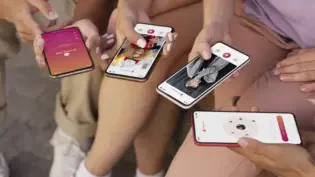
Infographics are an extremely effective way of advertising for a business, product, or service. Since their emergence on the scene in 2008, they’ve flourished into one of the most popular forms of content on the web. Research shows that people are 30 times more likely to read an infographic than standard text. What’s more, publishers who use infographics tend to grow traffic 12 percent faster than those who don’t. Harness the power of the infographic by learning how to create one for your next advertising campaign.
Infographic Intro
While images and other visuals are essential in a good infographic, the most crucial component is the intro. This is your first impression with your audience, so it needs to count. If the intro isn’t catchy or compelling, your viewer will simply move on without reading more.
One of the best ways to start your infographic is with a question. Tailor it to the needs of your audience by searching Google for questions related to your keyword. Once you find a question that many people desire the answer to, tweak the content of your infographic to pull in your customer. Keep it short and sweet, with a maximum of three sentences. Just give the audience a tease of what the infographic is about so they’re pressed to keep reading.
Infographic Body
The body is the main content of the infographic, and it should include all of the most valuable data you’ve curated. Don’t just list information in large chunks; rather, split it up into bullet points, numbered lists, or sidebars. While each important point should have a small introduction, generally, you want the facts to speak for themselves.
Try to tell a story throughout the infographic so that it doesn’t just seem like a colorful list of data. Explain different aspects of your main topic in each section for a smooth flow between ideas.
Vibrant Images
Without images, graphics, and icons, an infographic would not be as compelling. Choose your visual elements carefully, as you don’t want them to overpower the data. For instance, you don’t necessarily have to incorporate data visualizations, 53 percent of the most-shared infographics don’t actually have any sort of graphs or charts.
Overall, your images should have one unique style. Don’t jump from photographs to drawings, as this will just confuse your audience. Additionally, limit your color palette for an aesthetically pleasing composition.
Designing the Perfect Infographic
Now that you know more about the format of an infographic, you have to learn how to put it all together. Overall, the ideal size for your infographic is no wider than 600 pixels and under 1,800 pixels long. This size fits most customers’ monitors and prevents too much scrolling.
Font choice is another important design aspect. Stick to one or two fonts for the entire piece, such as a display font for headers and a serif or sans-serif font for the body text. Use a bold or different color font to enhance important facts.
Of course, there’s a lot more to designing the perfect infographic than the above information. However, with this background on the structure of infographics, you should have a much better idea of how to utilize them in your next advertising campaign.
2262 Views












